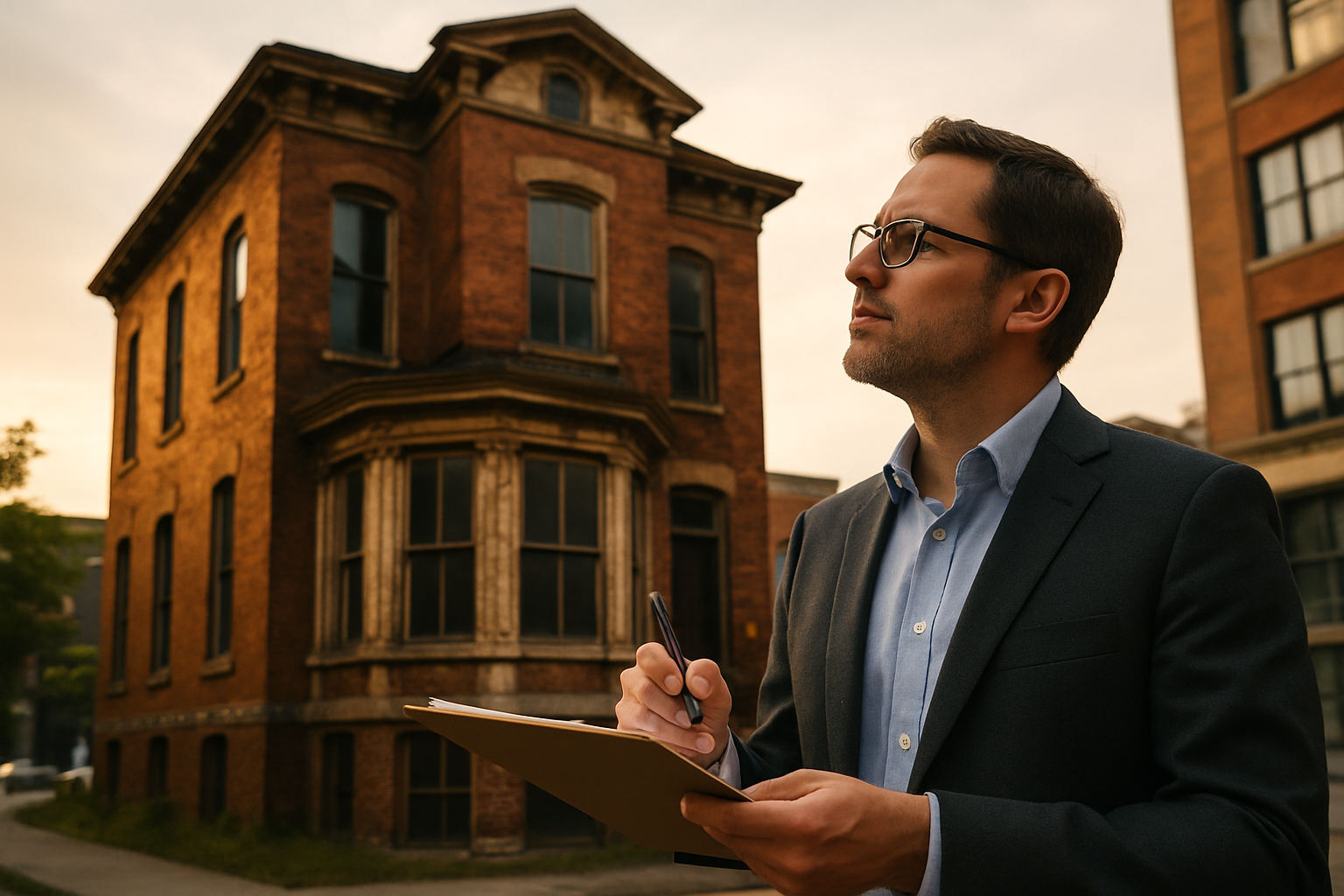Re-examining the Value of Historic Properties: A Comprehensive Analysis
Introduction: Historic properties often carry an aura of charm and intrigue that new constructions simply can't replicate. But is this allure just a romantic notion, or does it translate into tangible financial benefits in the real estate market? This article explores the often overlooked value of historic properties and uncovers the financial and societal perks they bring to both investors and communities.

Delving into the Past: A Look at Historic Properties
Historic properties can be found in nearly every city across the globe. They are structures that have stood the test of time, preserving the architectural styles, craftsmanship, and materials of past eras. These properties are much more than buildings—they are artifacts of history, providing a unique window into the culture, economy, and social fabric of a time gone by.
Historic Properties in Today’s Real Estate Market
Despite their charm and historical significance, historic properties often get overlooked in the real estate market. This is partly because they are often associated with higher maintenance costs, stricter regulations, and potential structural issues. However, a closer examination of market trends reveals a different story. Investors with an eye for value have been quietly capitalizing on the potential of these properties. Their unique attributes—such as architectural significance, desirable locations, and potential tax benefits—can make them a profitable venture.
The Financial Benefits of Investing in Historic Properties
Investing in historic properties can come with significant financial advantages. For instance, many countries offer tax incentives for the restoration and preservation of historic properties. Furthermore, these properties often appreciate at a higher rate than their modern counterparts due to their unique character and limited supply. A study by the National Trust for Historic Preservation in the United States found that historic districts consistently outperformed the broader housing market in terms of price appreciation.
Challenges and Considerations
While the financial advantages are notable, investors should be aware of the challenges associated with historic properties. These can include stricter zoning laws, potential structural issues, and higher renovation costs. However, with proper due diligence and a strategic approach, these challenges can be managed effectively, making historic properties a rewarding investment option.
The Bigger Picture: The Societal Value of Historic Properties
Beyond the financial benefits, investing in historic properties also contributes to societal value. Preserving these structures helps maintain the cultural heritage of a community, promotes sustainable development, and can even boost local tourism. Thus, investing in historic properties can be seen as a form of ‘impact investing’, where investors not only seek financial returns but also aim to generate positive social impact.
Despite the challenges, historic properties offer unique investment opportunities in the real estate market. They combine financial incentives with societal benefits, making them a worthwhile consideration for investors seeking to diversify their portfolio and contribute to the preservation of cultural heritage. As with any investment strategy, thorough research and due diligence are key to making the most of these unique properties.





